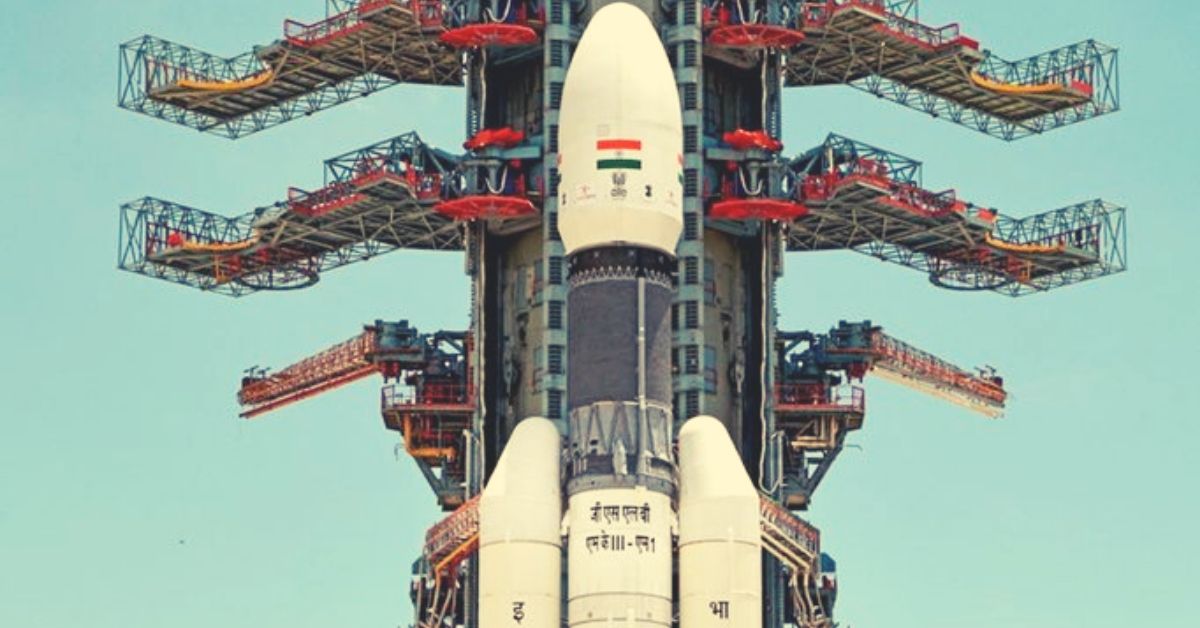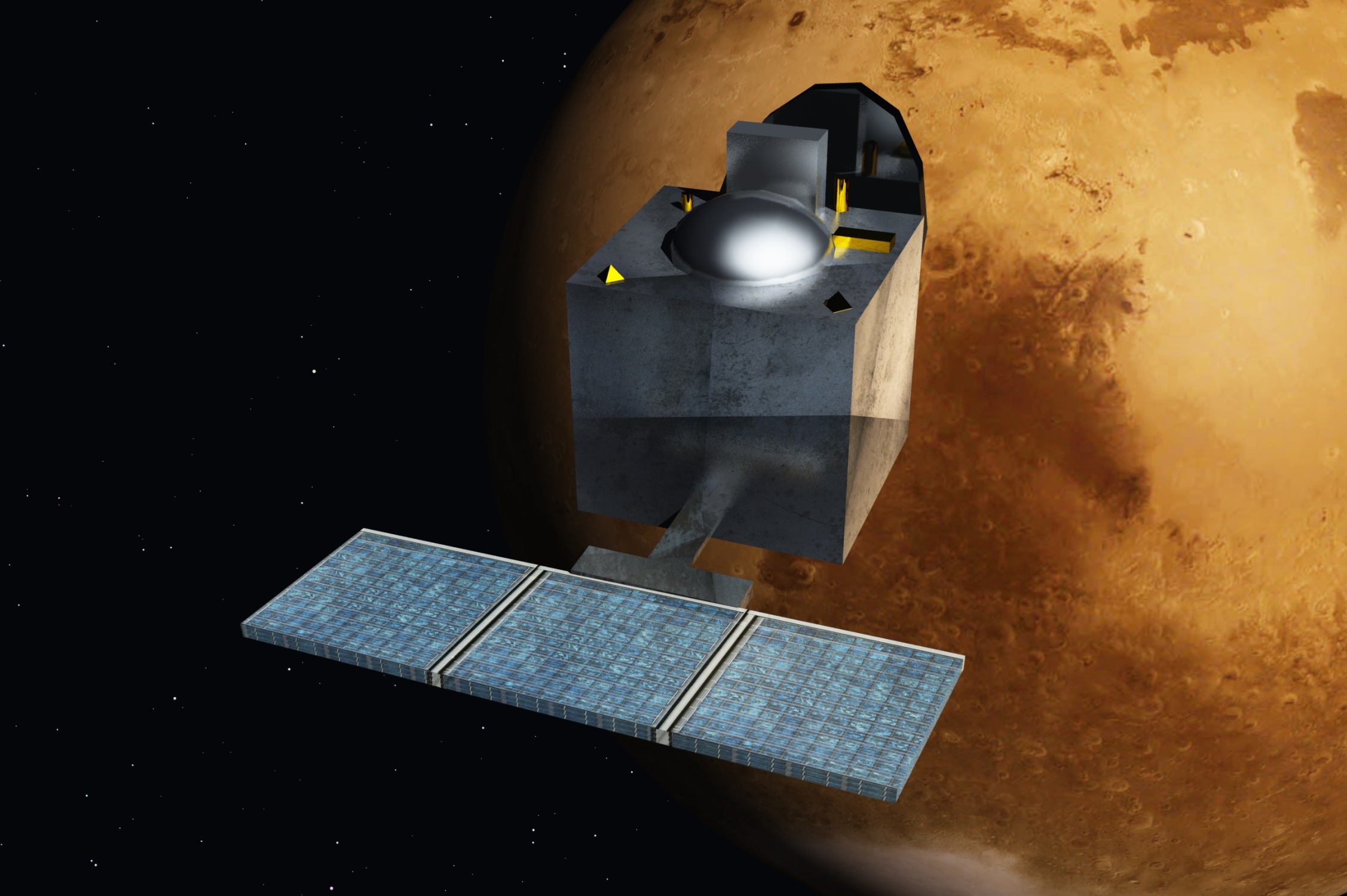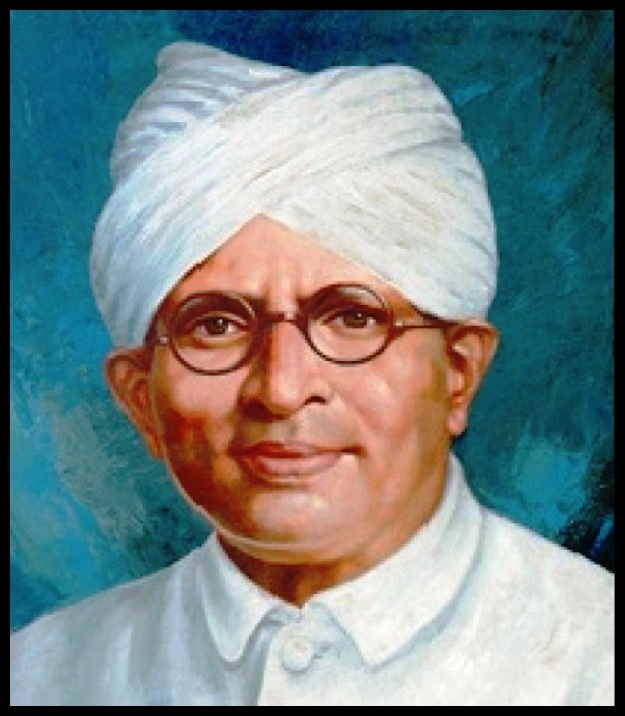Forgotten Legend Played a Key Role in ISRO’s Chandrayaan, Has a Village Named After Him!
The father of modern Indian transportation, this pioneer's company provided several critical equipments to India's maiden mission to moon—the #Chandrayaan1. It is also set to play a crucial role in #Chandrayaan2 and #Gaganyaan! #ISRO #ForgottenHeroes

The Indian Space Research Organisation (ISRO) has deservedly garnered plaudits for its remarkable contributions to the country.
However, without taking anything away from the genius minds who have made these ISRO missions possible, one must note the contributions of entities from outside the organisation as well.
One such establishment is the relatively unknown Walchandnagar Industries Ltd (WIL), a Maharashtra-based heavy industries giant which has since 1973, delivered critical components to various space missions.
From India’s maiden mission to the moon with Chandrayaan 1 launched on 22 October 2008, to the proposed Chandrayaan 2 rocket ‘Bahubali,’ which has been rescheduled for launch today, WIL has quietly fueled the country’s ambitious space programme.

There is even speculation surrounding the role it will play in the Gaganyaan, India’s first manned space mission in 2022.
However, there would be no WIL without its visionary founder and entrepreneur Walchand Hirachand Doshi, who is known as the ‘father of modern Indian transportation’.
Born on 23 November 1882, in Sholapur, Maharashtra, to a Gujarati Jain businessman, Walchand began his career by joining the family’s banking and cotton trades before setting off on his own to establish WIL in 1908.
Soon after, he made deep forays into the construction business as well, building railway tunnels piercing through the Bhor Ghats for the Mumbai-Pune route and laying down the pipes that would bring water from the Tansa lake in Thane district to Mumbai.

Following the end of World War I in 1919, he purchased the SS Loyalty steamer ship from the Scindias of Gwalior alongside his friends Narottam Morarjee and Kilachand Devchand.
On 5 April 1919, the ship undertook its maiden international voyage from Mumbai to London—a day celebrated in India as National Maritime Day. This unique voyage marked a crucial step for India’s shipping history when sea routes were controlled by the British.
Walchand saw a lot of scope in the shipping business, particularly after the end of World War I. Despite facing stiff competition from British companies and barely surviving as a consequence of the fare wars, he remained steadfast in his desire to make this venture, which he called the Scindia Steam Navigation Company Ltd work.
“The company was recognised as the first Swadeshi shipping company in the true sense of the term and was referred to widely in Mahatma Gandhi’s columns in Young India and Harijan on the Swadeshi movement, the boycott of foreign goods and the non-cooperation movement,” according to this Wikipedia description.
He held the chairman’s position from 1929 to 1950, when he eventually retired on health grounds. However, three years later, the company had captured 21% of Indian coastal traffic.
Walchand had managed to survive and thrive. Subsequently, he would establish Scindia Shipyard (name changed to Hindustan Shipyard Limited after it was nationalised) at Visakhapatnam in 1940, which would go on to construct the first ship in India post-Independence in 1948 called the Jal Usha.
In 1919 Seth Walchand Hirachand With Norattom Morajee Founded Scindia Steam Navigation Company to Challenge Domination of British Navigation Firms
On 5th April 1919 It’s First Ship SS Loyalty Sailed to England Hence 5th April Is Celebrated as India’s National Maritime Day pic.twitter.com/d3XAk3Ou0U— indianhistorypics (@IndiaHistorypic) November 23, 2018
The wily businessman also started Hindustan Aircraft (now called Hindustan Aeronautics Limited) in Bengaluru the same year, and five years later would establish Premier Automobiles in Mumbai, the first indigenous automobile manufacturing company which produced the legendary Premier Padmini sedans from 1949.
1941 :: India’s First Harlow Trainer Aircraft Manufactured by Hindustan Aircraft Company of Visionary Industrialist Seth Walchand Hirachand pic.twitter.com/ozVsDAhmWT
— indianhistorypics (@IndiaHistorypic) November 22, 2018
Even though he was a businessman engaged in construction and infrastructure building, Walchand was deeply involved with the freedom struggle.
He was one of the early supporters of the Congress, funding its anti-colonial activities like sponsoring the Free Press of India founded in 1927, alongside Annie Besant and MR Jayakar. He also petitioned for the release of Mahatma Gandhi in 1931.
Also Read: Scientists Build Ramanujam Machine In Honour of the Indian Genius. But What Does It Do?
However, due to the nature of the profession, he also had to maintain good relations with British officials and was mostly successful in doing so.
After suffering a stroke in 1950, he retired from his various ventures. He passed away in the town of Siddhpur in Gujarat on 8 April, 1953.
“Every entrepreneur who has braved the odds in his career is an heir to Seth Walchand Hirachand. Known for flexibility and innovative spirit, he was never afraid to take up challenges. His entrepreneurship in shipping, aviation and automobiles earned him the title ‘Father of transportation in India,'” says this India Today profile.
Such was the contribution of Walchand to some of India’s biggest nation building projects that a village in western Maharashtra was named after him. Today, Walchandnagar village is home to WIL, which according to the Economic Times, “has a turnover of Rs 400 crore with around 1,400 employees in Walchandnagar’s population of around 15,000”.
However, it’s former prime minister Dr Manmohan Singh, who probably best captured his legacy. “Walchand Hirachand was a dreamer, a visionary, a great builder and a great leader of the industry. Above all, he was a patriot, and in his own way, he was an inspiring leader of our struggle for freedom. I salute his memory. The lesson I draw is that the ultimate spur to growth and development is individual creativity and enterprise.”
(Edited by Gayatri Mishra)
Like this story? Or have something to share? Write to us: [email protected], or connect with us on Facebook and Twitter.
If you found our stories insightful, informative, or even just enjoyable, we invite you to consider making a voluntary payment to support the work we do at The Better India. Your contribution helps us continue producing quality content that educates, inspires, and drives positive change.
Choose one of the payment options below for your contribution-
By paying for the stories you value, you directly contribute to sustaining our efforts focused on making a difference in the world. Together, let’s ensure that impactful stories continue to be told and shared, enriching lives and communities alike.
Thank you for your support. Here are some frequently asked questions you might find helpful to know why you are contributing?


This story made me
-
97
-
121
-
89
-
167













